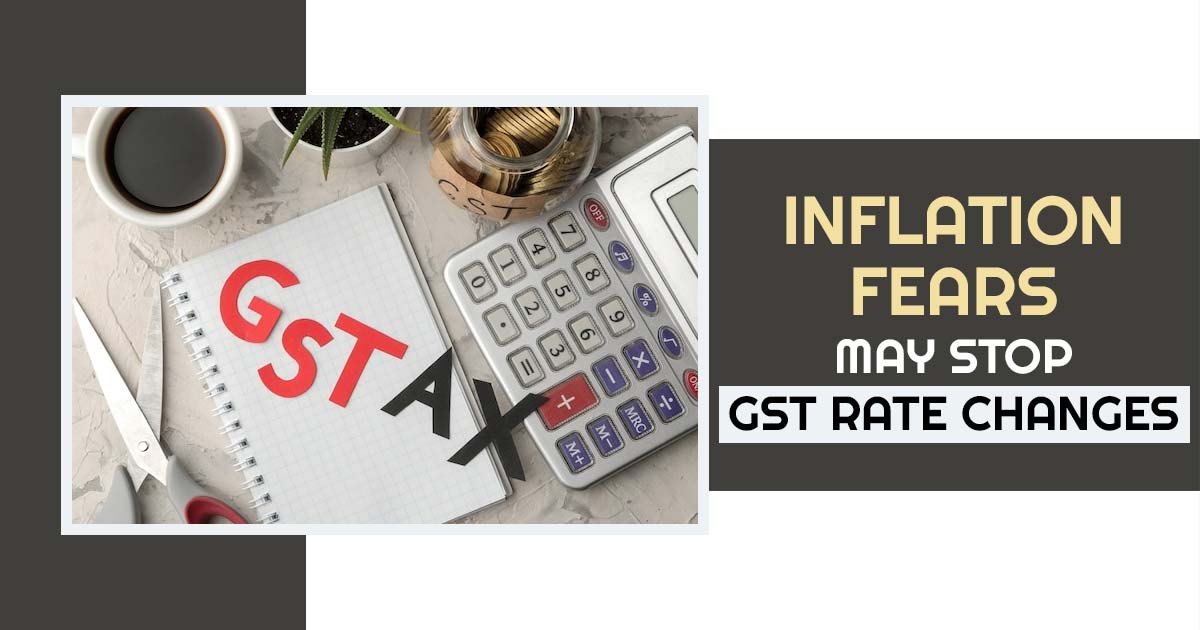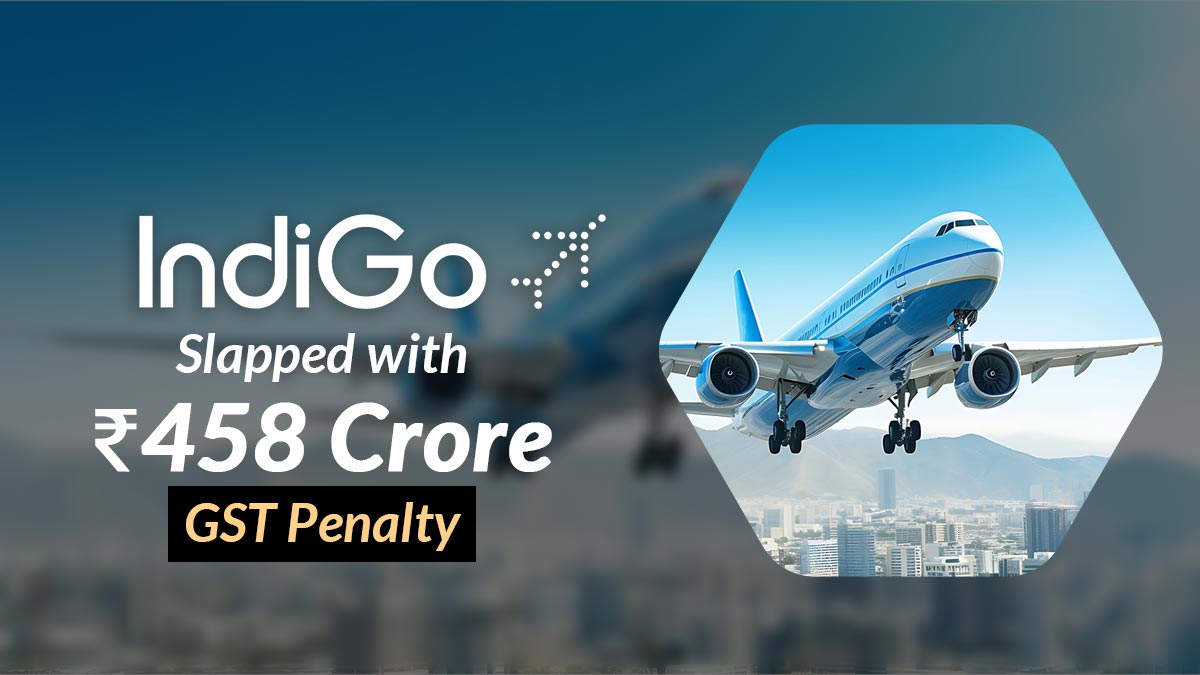
GST council shall not change anything in the tax slabs in the present fiscal year.
Higher inflation diminishes the actions taken on an urgent basis as the purpose of the revenue neutral rate (RNR) will inevitably direct to higher rates for a large number of items and lastly their prices hikes.
GoM on the GST slab rates rationalization ruled by chief minister Basavaraj Bommai is needed to submit the report by the September end, from June to the end it does not meet once when the time duration gets extended for the 3rd time.
GST Council’s Decision for Pre-packaged and Labelled Food Items
A larger number of representations obtain via the government with respect to the rise in rates for pre-packaged and labelled food items, indicating an additional increase in the rate shall get difficult to execute in this position.
Various people along with some states have opposed the GST council’s decision of levying GST on prepackaged items along with labelled food items since the same “could inflate the cost of essentials.” the 5% GST, as applicable on the branded packaged products weighing up to 25kg but now it gets levied too the labelled and prepackaged products from July 18.
Inflation as per the consumer price index (CPI) has climbed to 7% in the month of August from 6.71% in the former month, it remains beyond the Reserve Bank of India’s medium-term target of 2-6% for an eighth consecutive month.
Elimination of the Tax Exemptions
GoM which was formed in the month of September former year asked to submit its report within 2 months. In the month of December, the group was provided additional time till March end. It provides the interim report for eliminating some exemptions and inversions.
GST officials have approved the elimination of tax exemptions and asked for the rates for the larger number of mass-consumption of the items to eliminate the irregularities and inversion.
Apart from the inflation the forthcoming assembly elections in Gujarat and Himachal in November-December and early 2023 in Karnataka can restrict the scope of elimination of exemptions or inversions.
Currently, there is no GST in the education and healthcare sectors. It is to be seen if the government would levy tax at the same juncture. In the former council meet a 5% levy excluding any ITC on the hospital rooms with the rent exceeding Rs 5000 was levied, learning about the patient’s affordability.
GST Tax Slab Rates on Different Items
Tax experts specified that the government might carry on with the highest GST slab of 28% on luxury goods during analyzing the potential of diminishing the left 3 major slabs: 5%, 12%, and 18% to two.
There would be a special 3% rate for the gold, jewellery, and precious stones, and on the cut and polished diamonds, the rate is 1.5%.
Under the RBI norms, the weighted average tax rate under the GST has fallen to 11.6%, from 14.4% during the time of its start with respect to RNR of 15.5%.
Read Also: Revised GST Slab Rates in India FY 2022-23 Finalized by the GST Council
The GoMs, validate the present tax slab rates and the suggested amendments required to collect much more resources. With the change in the rate on hold, the GST council forces the investigation and audit relying on the risk assessment to increase GST revenues, which would get augmented the averaged monthly collections to Rs 1.49 trillion per month in the first 5 months of the present fiscal year with respect to Rs 1.23 trillion per month in full FY22. The higher collections would indeed provide the aid states post to the finish of the 5-year guaranteed GST shortfall compensation process dated 30th June.









